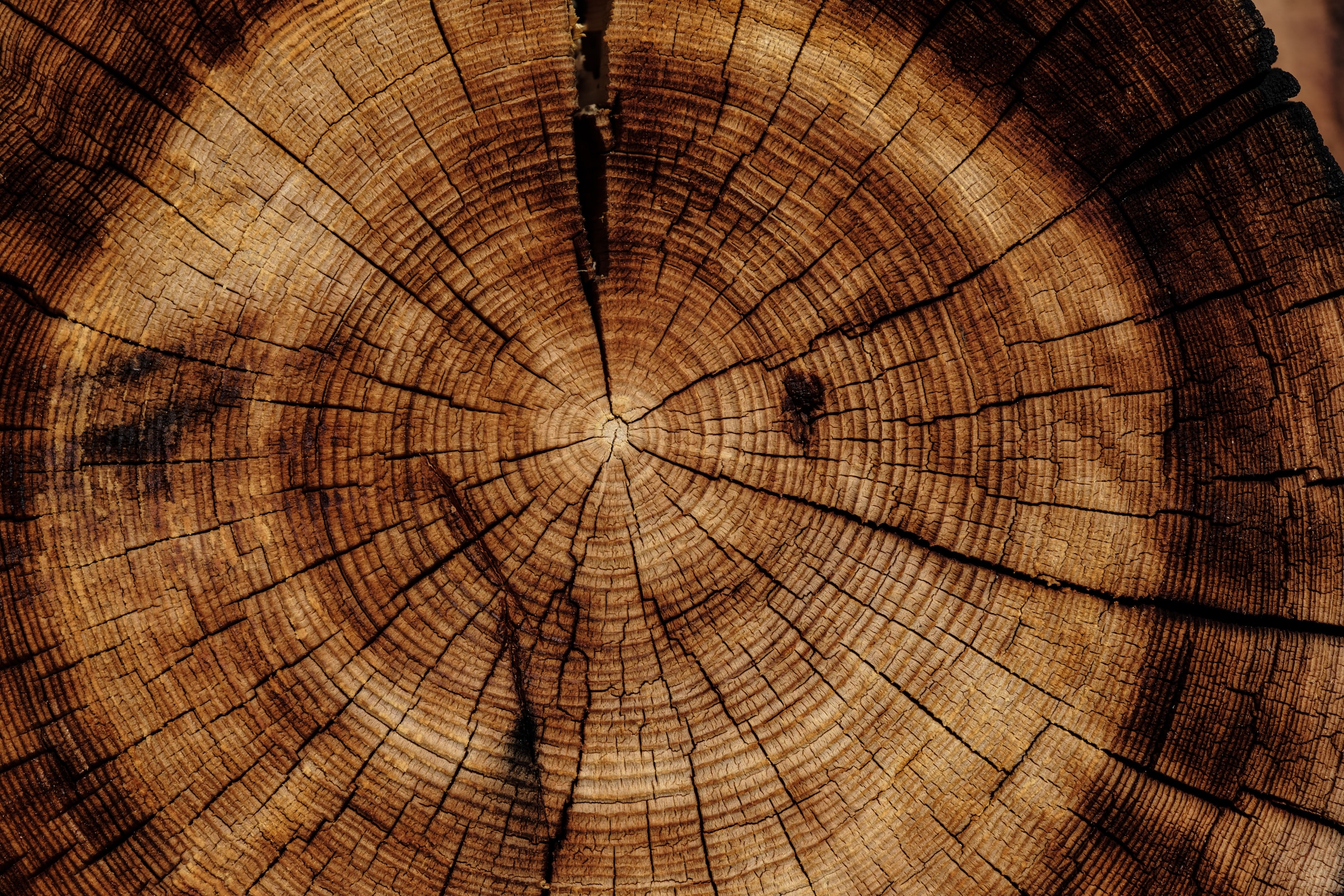
Deputy Editor Charlie O’Keeffe visits the Birmingham Institute of Forest Research, to learn more about ongoing experiments to determine the effects of increased carbon dioxide on our forests
On Friday 17th October, I was invited to the experiment site of the Birmingham Institute of Forest Research (BIFoR). This is the site of the BIFoR Free Air Carbon Dioxide (FACE) facility; the FACE experiment simulates the carbon dioxide levels of the atmosphere we’re projected to have in 2050, and measures how trees respond. Our tour guide was the BIFoR Education and Outreach Officer, Dr Samantha Dobbie. Dr Dobbie explained that ‘the whole idea of this experiment is making sure we measure everything to what we’re expecting to see by 2050, so that we can have these better models that will help us with our policies.’
The FACE experiment simulates the carbon dioxide levels of the atmosphere we’re projected to have in 2050
This is one of three experiments and is currently the only one in the northern hemisphere. There is one in Australia measuring the impact of eucalyptus trees; there is also one being built in the Amazon rainforest, due to kick-off in around March. This means ‘we have all of this data for temperate, tropical, and subtropical’ forests, and all of this data is shared between the experiments. Dr Dobbie told us that the University of Birmingham ‘have worked really really closely’ to assemble the Brazil site.
She showed us the tankers of CO2, which come in every day. There are three tankers, each containing ‘about 40 tonnes of CO2.’ They use around 20 tonnes a day. To put that into perspective, Dr Dobbie told us that on average in the UK an individual uses ‘around eight to 12’ tonnes of CO2 in a year. A hectare of land, we learned, would ‘absorb about ten tonnes’ of CO2, and the site itself is about 19 hectares, meaning they are ‘pretty much covered’ for their emissions.

They are elevating the carbon by about 150 parts per million above ambient, which ‘gets us to what we’re expecting under IPCC estimates by 2050.’ This means that, as ‘it’s always 150 million parts above’, the experiment can in theory be continuous, ‘because it’s not like when we get to 2050 it won’t be any higher’. Their estimates are based on a model where ‘we carry on as we are without very many changes.’ The experiment is long-term with a stated span of ten years, this being its seventh. They are currently in talks to extend the project as ‘ten years, if you think about the age of these trees – they’re about 150-180 years – isn’t very long.’

The experiment infrastructure is made up of metal scaffolds, which are about 25 metres high. They were installed via helicopter, to avoid disrupting the soil. All of it is effectively on a stilt, meaning that hopefully once the experiment is over, it can be removed without leaving a trace. There are six rings: ‘treatment’ rings which have the carbon enriched air, ‘control rings’ which still have air pumped in but with nothing added, and the ‘ghost rings’ which are the same area, but without the infrastructure. This allows them to check the influence of installing the scaffolds.

The CO2 is pumped in, and diffusion is used to create a ‘pocket of the woodland that has that 150 parts per million and above.’ The CO2 levels are maintained by people inside green control sheds, which she compared to ‘a thermostat for heating.’ Dr Dobbie took us through the process of carbon capture, where the CO2 is first taken in through the trees’ leaves by photosynthesis and then converted into sugars. One scientist, Anna Gardener, was ‘hoisted up into the canopy for about 12-14 hours a day’ to take ‘individual leaf measurements’ to see how much of the CO2 was being taken up. Ms. Gardener found that ‘on a sunny day’ it’s about 30% more, which is ‘actually how much we’re elevating it by.’ This means that the trees are ‘taking in pretty much all of that extra carbon on a nice, bright day.’ When the weather is more average it dips down to about 23%.
There are also experiments going on in the soil
There are also experiments going on in the soil. There are cameras that go a metre below the soil and take regular images of the roots. In the eucalyptus tree experiment, photosynthesis began to decline because they were nutrient-limited. However, the carbon in the BIFoR experiment has been found to be being released into the soil, via soluble sugars. It is speculated that this may be to build up their microbiomes, ‘so they’re trying to attract lots of microorganisms who can then scavenge these extra nutrients’ and then maintain the rate of photosynthesis. Eucalyptus trees are notably ‘anti-microbial’ hence their response, so it is thought that perhaps temperate woods will respond better.
Enjoyed this article? Read more from Sci&Tech:
Air Pollution Around The World
Animal Testing in Drug Development: An Interview with Dr Pandora Pound
Comments